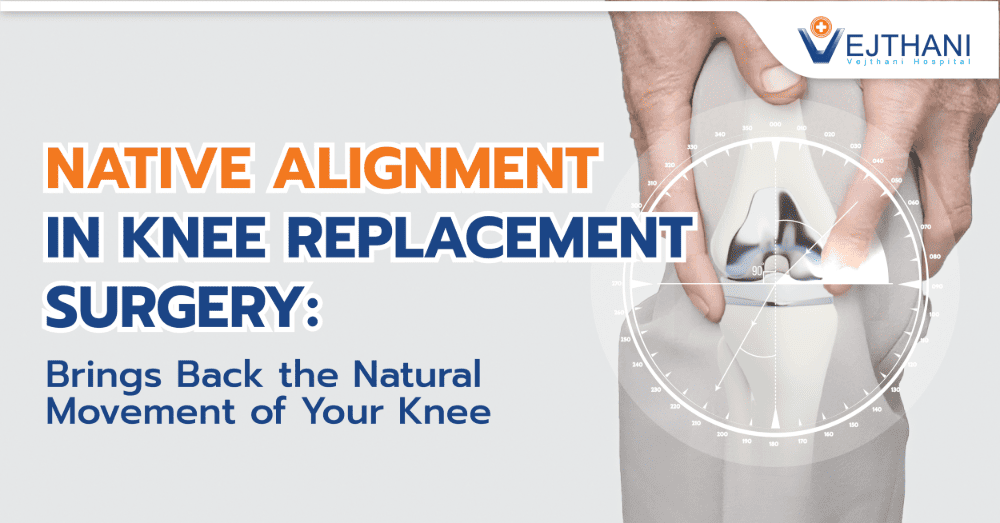
Coronary brachytherapy
Overview
Severe Coronary Artery Disease (CAD) is treated with coronary brachytherapy. Plaque accumulation in the arteries supplying blood to your heart leads to the development of CAD. Radiation therapy called brachytherapy keeps your arteries open by preventing scar tissue growth.
Coronary artery disease (CAD) involves the accumulation of fats such as cholesterol and minerals within your blood vessels, leading to the formation of rigid deposits known as plaque. As time passes, this plaque can amass to the extent that it narrows the blood vessels, reducing the flow of blood to crucial organs in your body.
Occasionally, fragments of these plaques may also separate and result in serious consequences like heart attack or stroke.
Vascular brachytherapy (VBT), cardiac brachytherapy, and adjunctive intracoronary radiation therapy are further names for coronary brachytherapy.
Reasons for undergoing the procedure
People with CAD who have already undergone Percutaneous Coronary Intervention (PCI) treatment are often candidates for coronary brachytherapy. To open the blockage of an artery, PCI uses a tiny balloon and a stent (a metal mesh tube).
Sometimes the stent is surrounded by scar tissue, which causes the artery to re-narrow. In-stent Restenosis (ISR) is the name given to this condition. Coronary brachytherapy may be advantageous for ISR patients.
Candidates for brachytherapy include those who have:
- Multiple stents or a long stent.
- Recurring ISR.
- Small blood vessels.
- Diabetes and other medical problems raise the risk of complications from other CAD treatments.
Only some people should receive coronary brachytherapy. Your eligibility may be affected if you have experienced:
- Radiation treatments you’ve had in the past for breast cancer or lung cancer.
- Restenosis brought on by an issue with the balloon from your angioplasty rather than scar tissue accumulation.
- A single occurrence of restenosis.
Before the procedure
To arrange your surgery, your doctor may prescribe an intravascular ultrasound, a type of imaging test. Your coronary arteries are depicted in great detail in the ultrasound images. The precise location that need treatment is visible to your doctor.
Plan to dress comfortably the day of your scheduled procedure, leave your valuables at home, and have a driver take you to and from the hospital.
During the procedure
Coronary brachytherapy is a very minimally invasive method. Your doctor will reach the narrowed coronary artery and administer the local radiation using a catheter (a thin, flexible tube). Although the operation only takes around 10 minutes, you spend several hours in the hospital.
Following the procedure, anticipate:
- Sedation: As most catheterization procedures involve sedation, you don’t experience any discomfort but aren’t completely unconscious either. General anesthesia is used on some persons.
- Incision: Your doctor will place a catheter into a blood vessel and guides it with X-rays up to your clogged coronary artery.
- Balloon angioplasty: In order to expand the narrowed artery for the surgery, a little balloon is inflated within it.
- Radiation: To the part of your artery that has become narrowed, your doctor administers a precisely measured amount of radiation. The radiation remains in place for a few minutes as it kills the cells that result in the buildup of scar tissue in a given region.
- Closure: The radiation and catheter are taken out by your doctor.
After the procedure
Although most people return home the same day as the surgery, but a few individuals stay overnight at the hospital. You will take a few days off from activity and rest. Your doctor will recommend medication to stop blood clots.
Outcome
A few days after the treatment, the majority of patients can resume their regular activities. Consult your doctor about the unique risks and safety measures you should follow while recovering.
Research indicates that coronary brachytherapy can provide favorable long-term results for individuals with complex restenosis. However, there remains a risk of restenosis recurrence. Following treatment, it is crucial for individuals to maintain a heart-healthy lifestyle, which includes:
- Adhering to a low-fat diet.
- Consuming alcohol in moderation.
- Avoiding smoking.
- Engaging in regular exercise.
Contact Information
service@vejthani.com






















